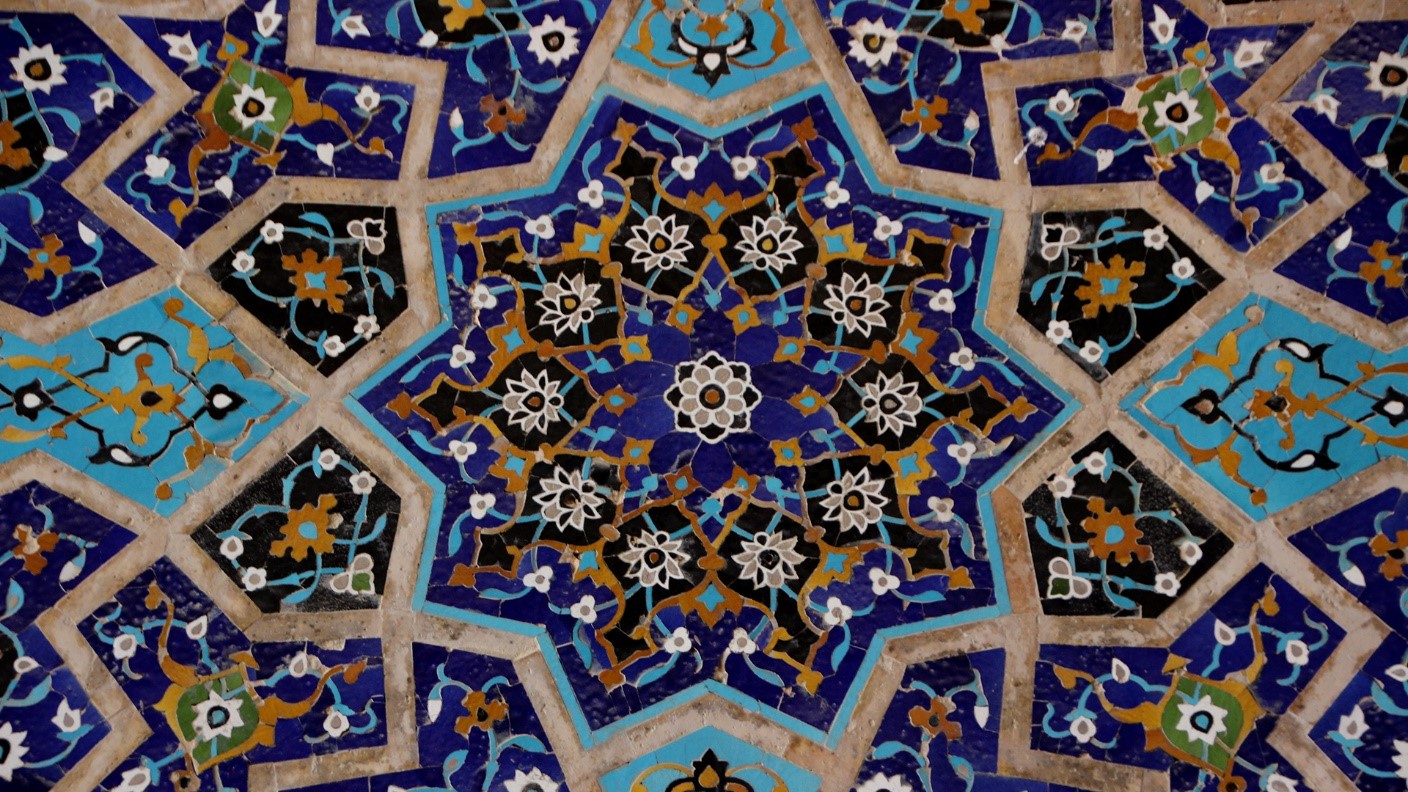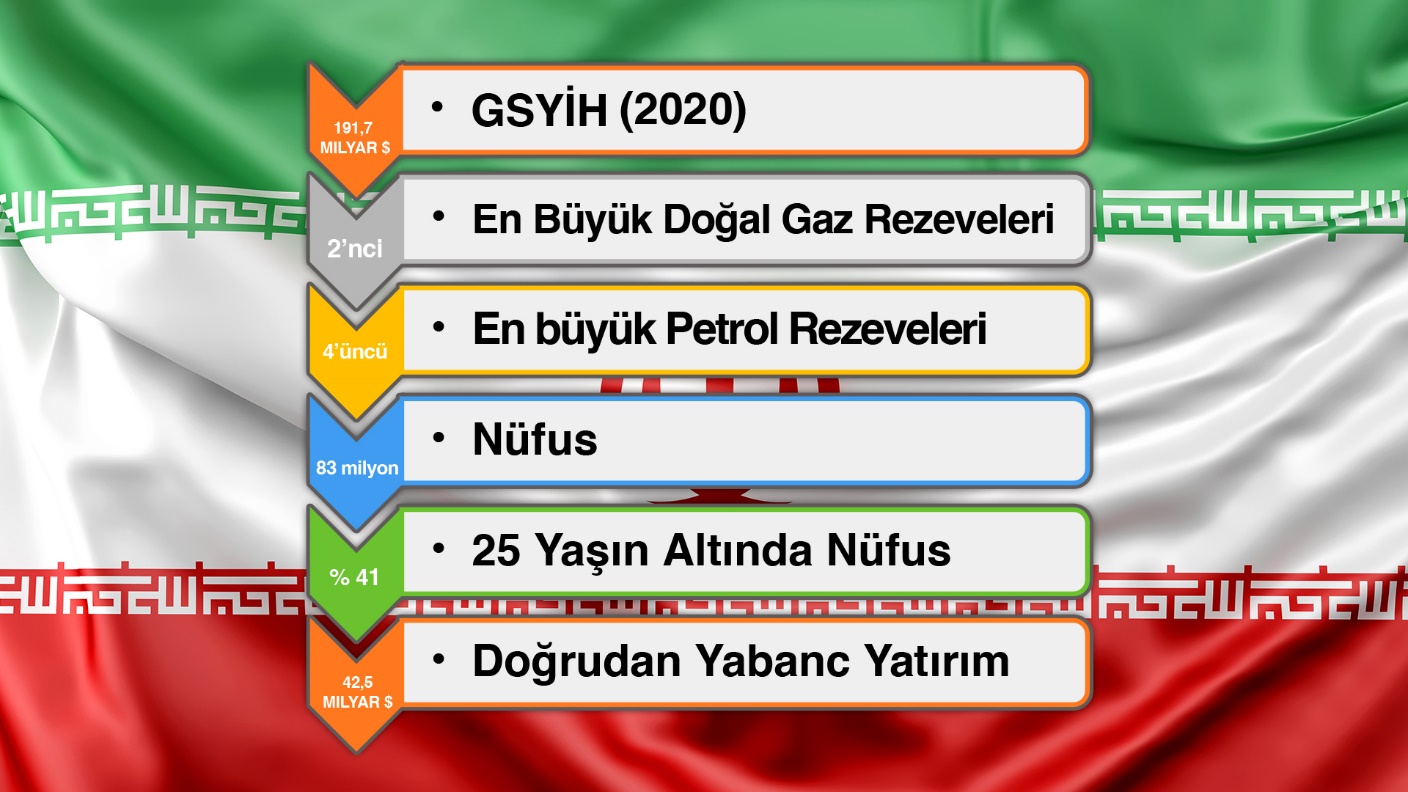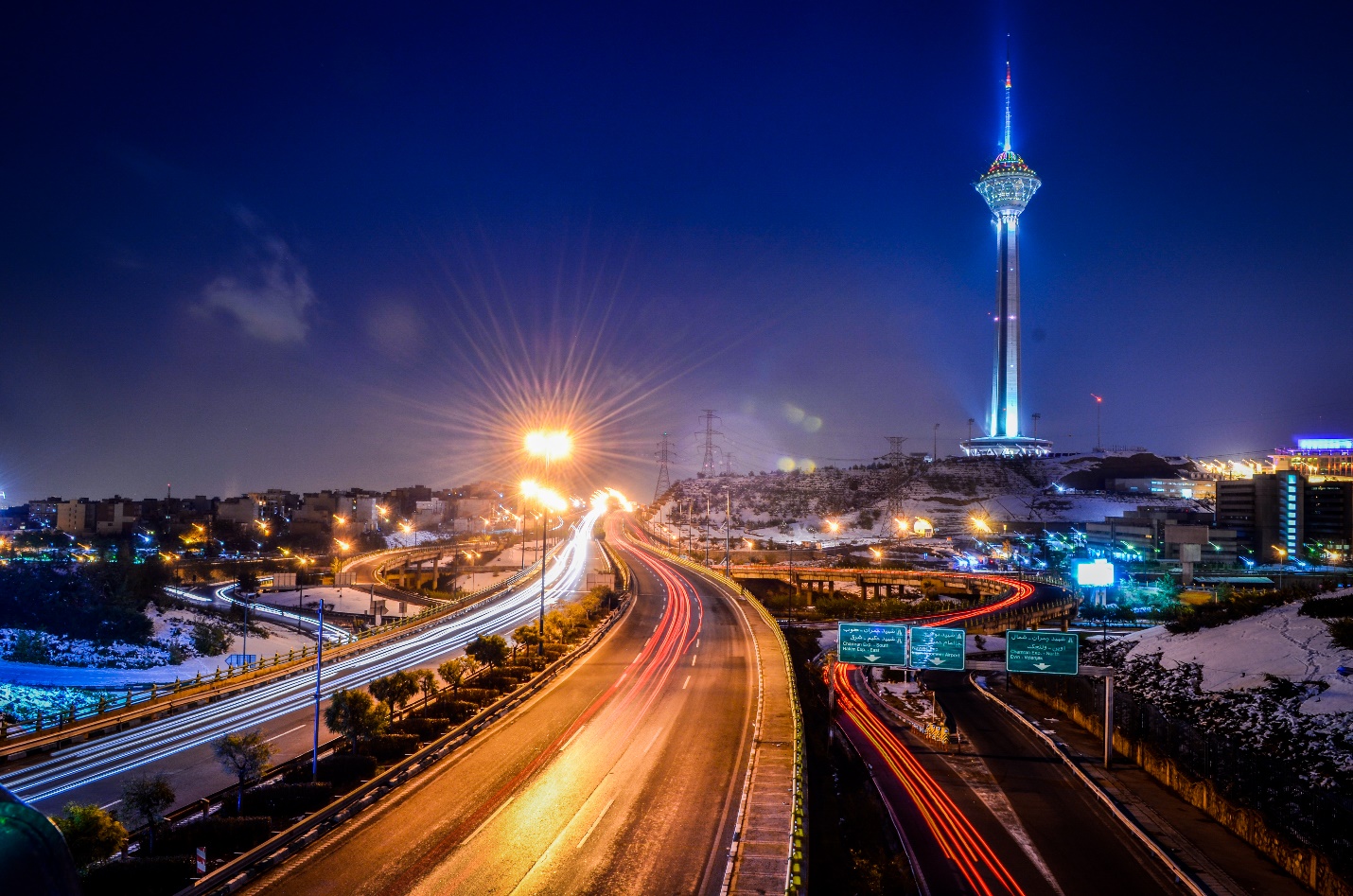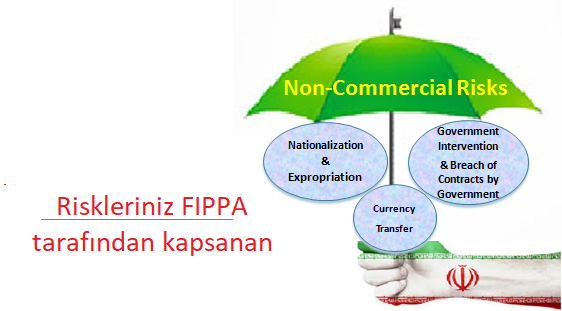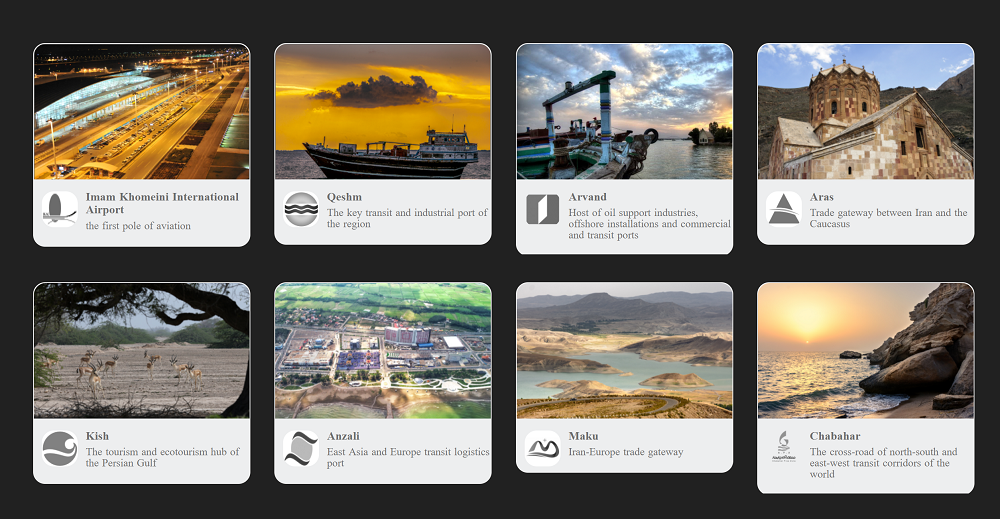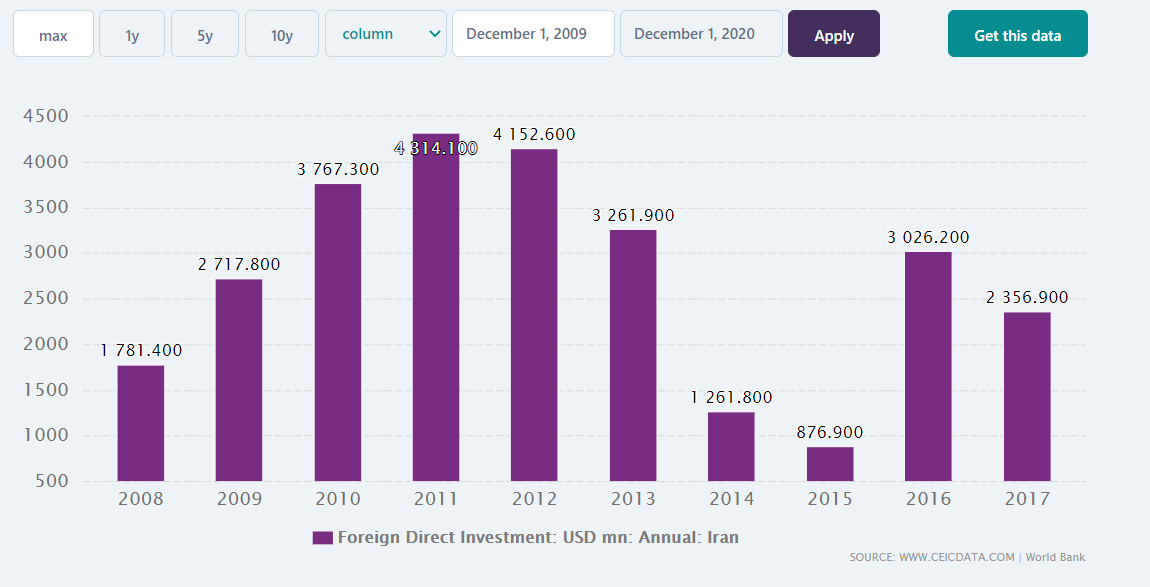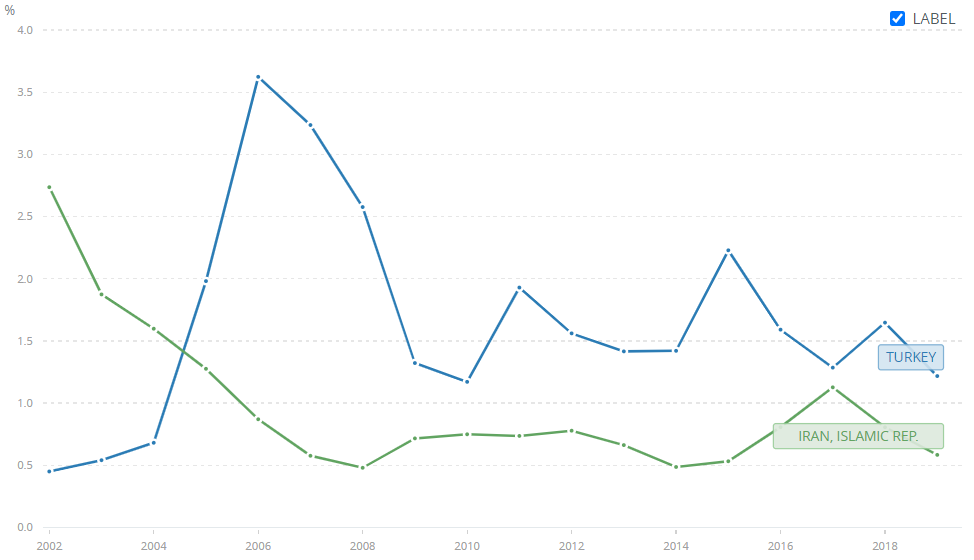HISTORY
Iran has been home to organized urban settlements since at least 4000 BC and even from those times the history of Iran has been intertwined with the history of the region as a whole. Initially the Elamites and Medes paid tribute to the greater Mesopotamian powers of Sumeria and Neo-Assyria. But for about 1100 years from 550 BC a succession of Iranian empires were the superpowers that dominated the region from Egypt, the Mediterranean and the borders of Europe in the west to the Indus River in the East. It began with the Achaemenes, was interrupted by Alexander the Great and the Seleucids, and continued with Parthian and Sassanid dynasties.
The arrival of the Arabs in AD 633 was a turning point in Iranian history, when the Zoroastrian religion was replaced by Islam. What followed was a pattern that would recur for hundreds of years: a strong ruler creates an empire; his death begins the slow fragmentation of control and another ruler sweeps the weakened state aside to begin his own empire. The players included the Arabs, several local and Turkish dynasties and the Mongols.
In 1502 the Safavid dynasty reestablished Iran as an independent state, adopted Shi’a Islam as the official religion and expanded the empire across much of the region. Their demise in 1722 led to another round of short-term dynasties before the Qajars, and later the Pahlavis, continued the royal rule until the 1979 revolution brought with it the Islamic Republic.






